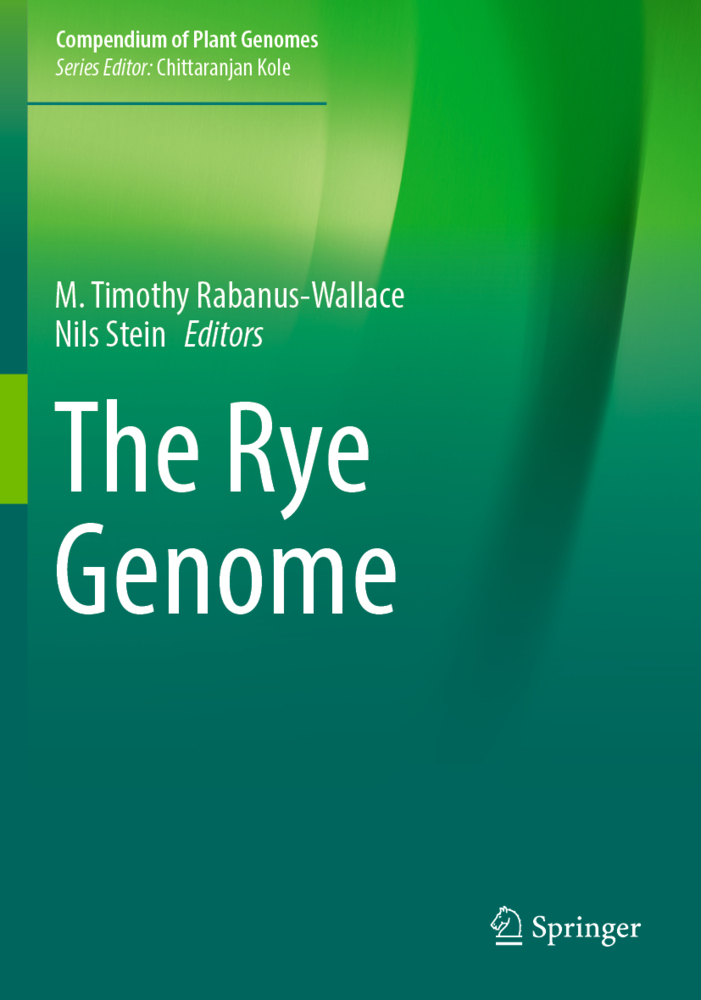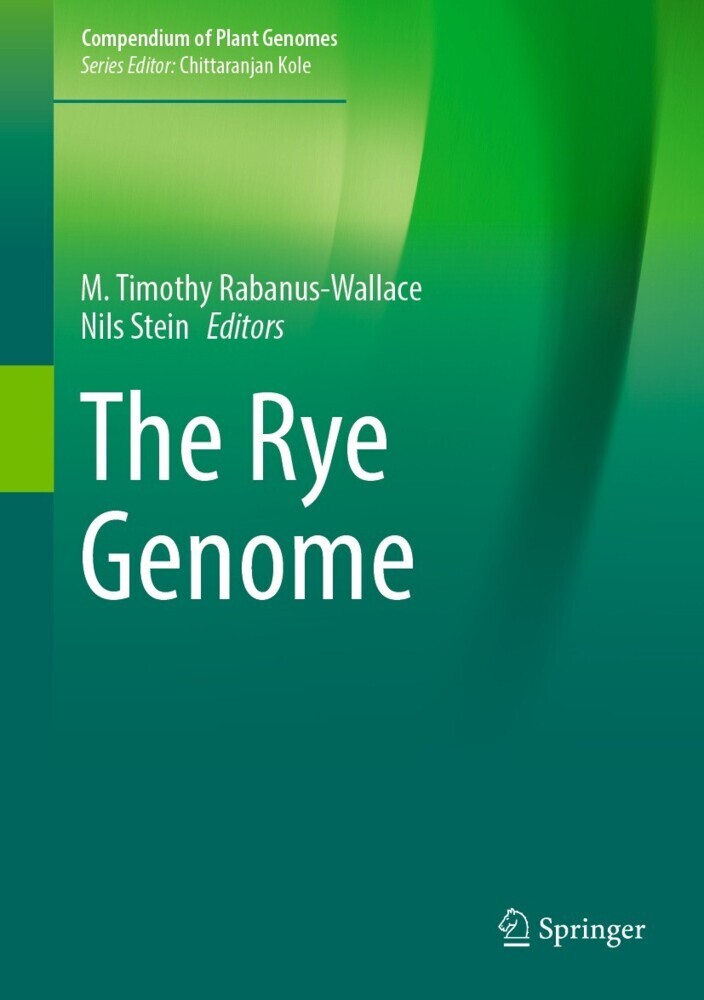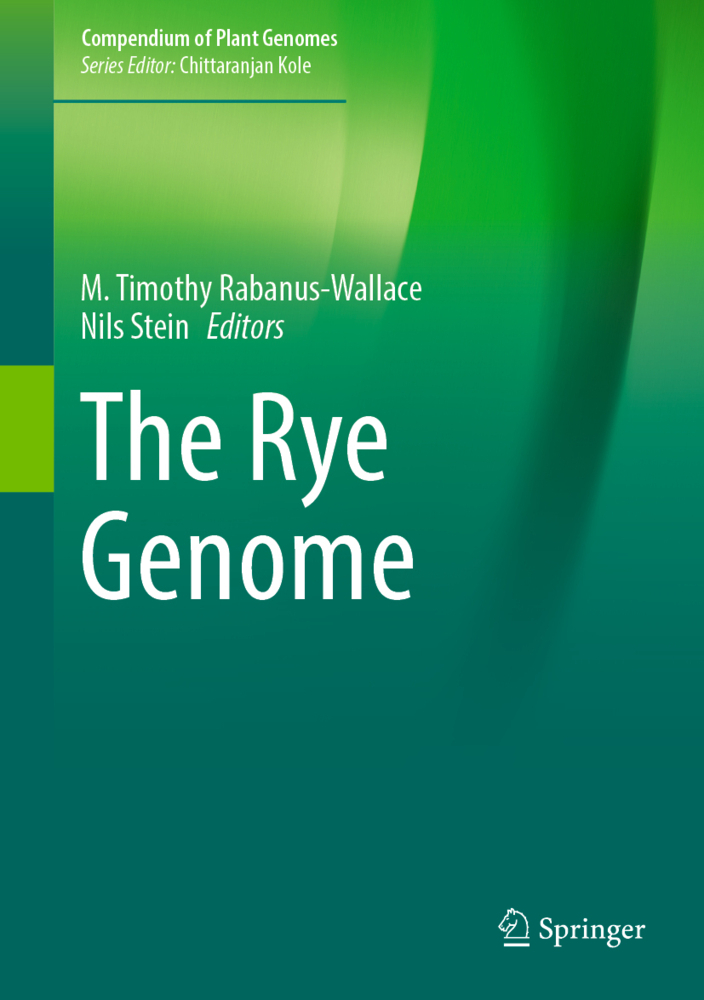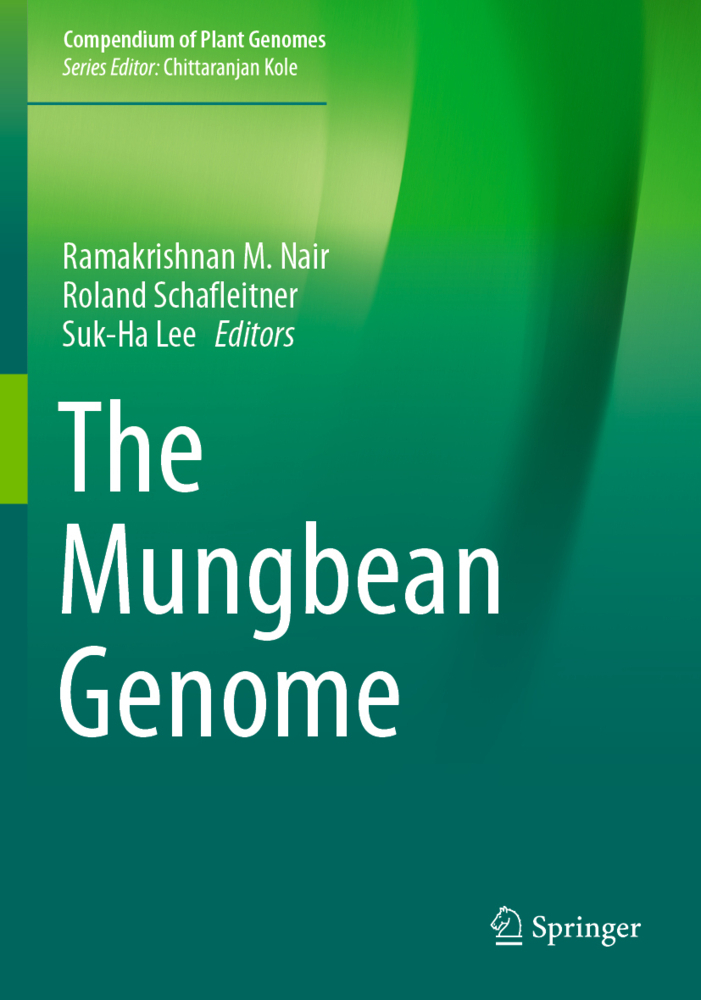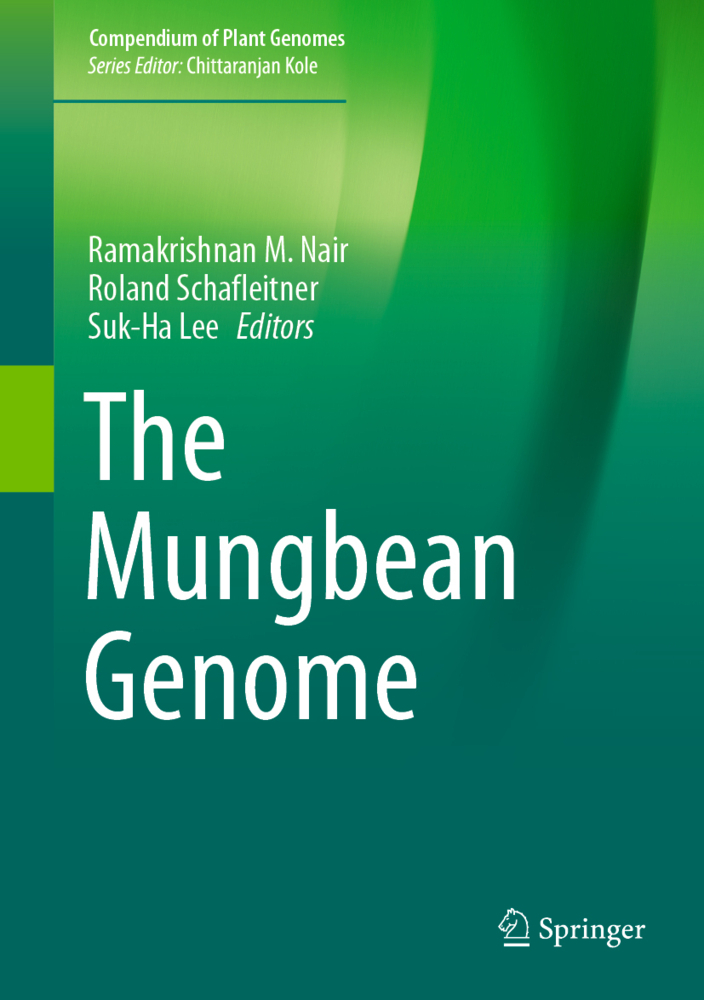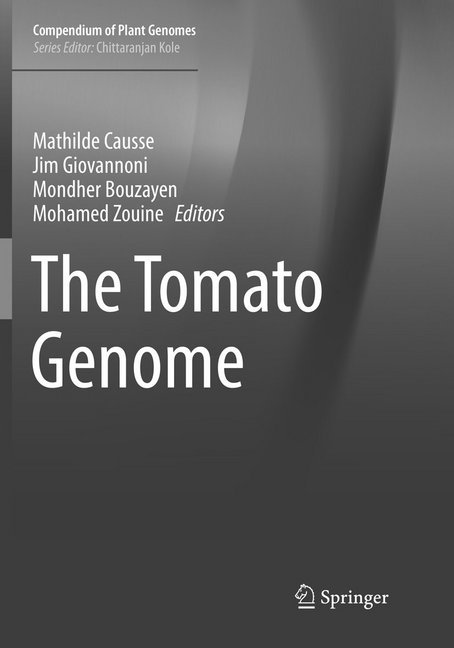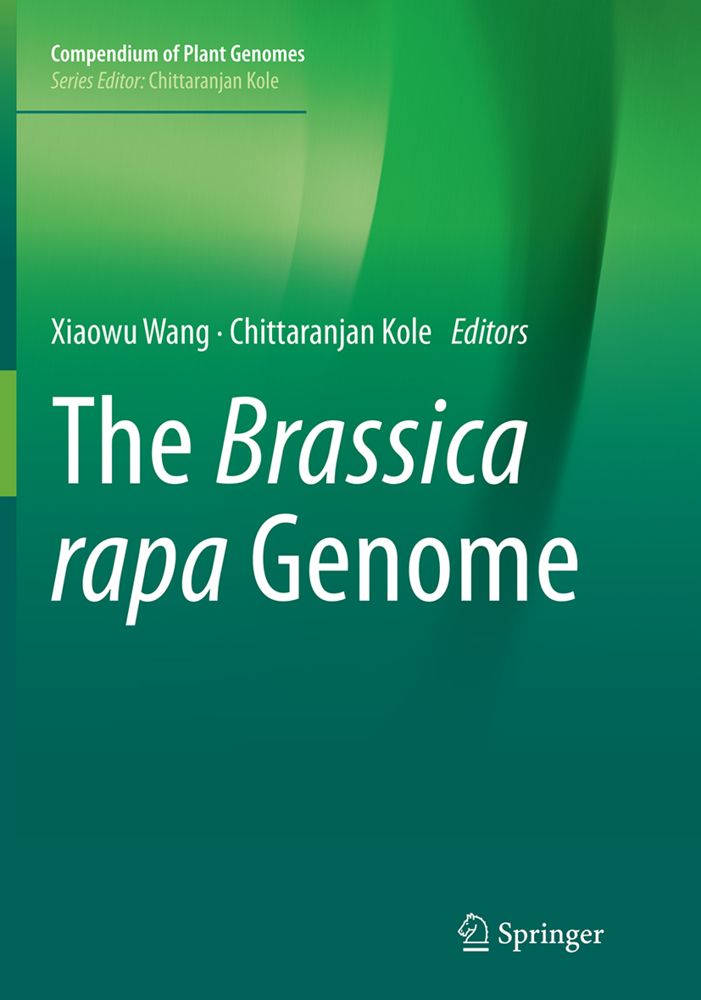The Barley Genome
The Barley Genome
One of the oldest domesticated crops, barley is the small grain cereal species that is best adapted to the highest altitudes and latitudes, and it exhibits the greatest tolerance to most abiotic stresses. With comprehensive access to the genome sequence, barley's importance as a genetic model in comparative studies on crop species like wheat, rye, oats and even rice is likely to increase.
Economic/academic importance of barley, Background history of the national and international genome initiatives.- Taxonomy and botanical descriptions.- Cytogenetics and genetic stocks for physical mapping and sequencing
Chromosomal genomics of barley and wild relatives.- Physical and optical mapping
Sequencing, assembly & state of the art of available sequences
Gene Annotation
Expressed portion of the barley genome
Sequence diversity and structural variation
The repetitive sequences of barley
Comparative genomics of barley and related species
Molecular mapping and cloning of genes and QTLs
Genomics approaches to mining barley germplasm collections & Genome sequence-based enabling tools
Genetics and genomics of barley inflorescence architecture
Genetics and genomics of whole plant morphology and architecture
Genomic view of biotic stress resistance
Genomic view of abiotic stress resistance
Genomics based barley breeding
Barley domestication, adaptation and population genomics
The genomics of the secondary and tertiary genepools of barley
Barley genome and proteomics
Organellar genomes of barley
Bioinformatic resources for the barley genome
Future prospects.
| ISBN | 978-3-030-06453-2 |
|---|---|
| Artikelnummer | 9783030064532 |
| Medientyp | Buch |
| Auflage | Softcover reprint of the original 1st ed. 2018 |
| Copyrightjahr | 2019 |
| Verlag | Springer, Berlin |
| Umfang | XVIII, 394 Seiten |
| Abbildungen | XVIII, 394 p. 79 illus., 70 illus. in color. |
| Sprache | Englisch |


